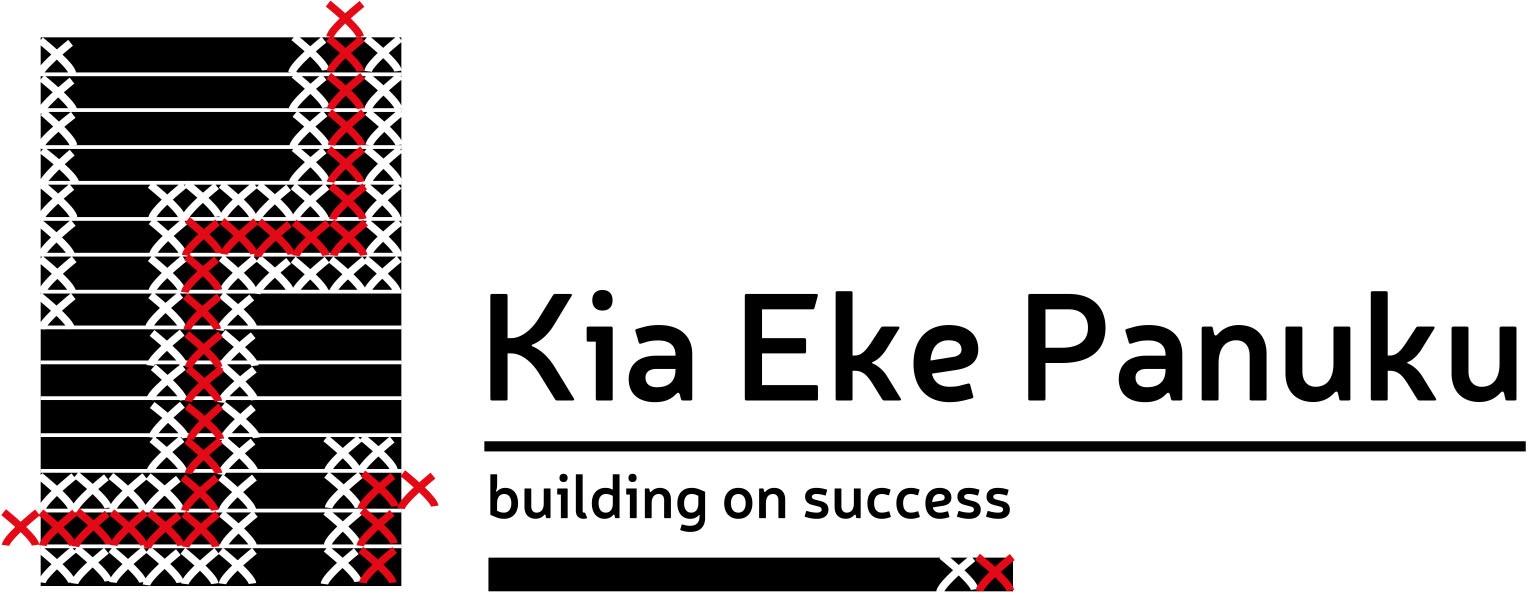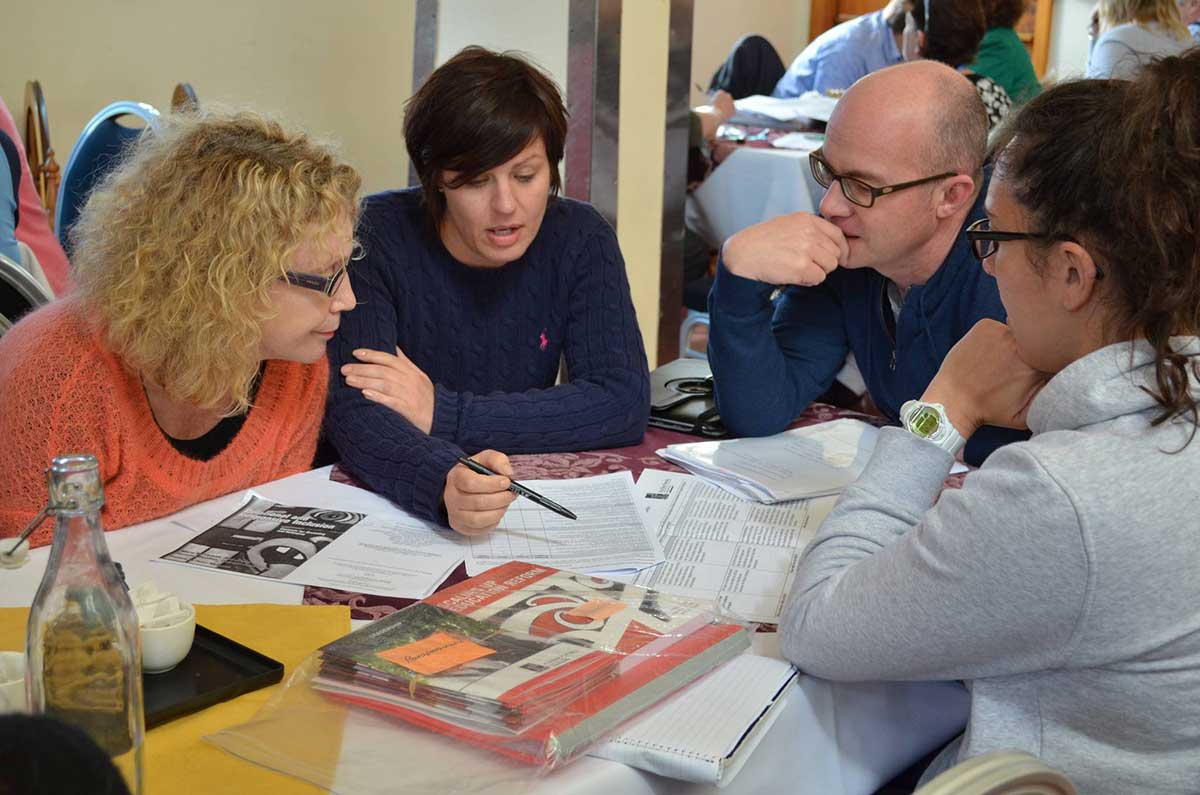"We need to dismantle what is not working, and learn new theories, discourses and practices to reform our mainstream schools so that they are places where both Treaty partners can enjoy the benefits that success in education can offer."
About Kia Eke Panuku: The Response
Ka Hikitia

As a mandated Ministry strategy, all school leaders and teachers are expected to understand the principles that underpin Ka Hikitia and to work toward the central vision of this strategy:
“Māori enjoying and achieving education success as Māori”
Kia Eke Panuku
Kia Eke Panuku: Building on Success is a professional development school reform initiative currently operating in 94 secondary schools from Kaitaia to Invercargill. The kaupapa of Kia Eke Panuku is:
Secondary schools give life to Ka Hikitia and address the aspirations of Māori communities by supporting Māori students to pursue their potential.
A consortium led by the University of Waikato, and including Te Whare Wānanga o Awanuiārangi and the University of Auckland, is delivering a PLD model that builds on the understandings gained from five previous programmes: Te Kotahitanga; He Kākano; the Starpath Project for Tertiary Participation and Success and the Secondary Literacy and Numeracy Projects.
 The name Kia Eke Panuku uses a metaphor that encapsulates a journey towards success that is both dynamic and continuous, building from a school’s current situation to where it aspires to be for Māori students and their home communities. This metaphor speaks to both an individual and collective bicultural commitment to achieve excellence.
The name Kia Eke Panuku uses a metaphor that encapsulates a journey towards success that is both dynamic and continuous, building from a school’s current situation to where it aspires to be for Māori students and their home communities. This metaphor speaks to both an individual and collective bicultural commitment to achieve excellence.
The Treaty of Waitangi in practice
- To enable Māori students to enjoy and achieve educational success as Māori means upholding the principles inherent in the Treaty of Waitangi to collectively create a more socially just country.
Strategic Change Leadership Teams
 Kaitoro (facilitators), school leaders and teachers collaboratively build their capacity and capability in culturally responsive and relational practices.
Kaitoro (facilitators), school leaders and teachers collaboratively build their capacity and capability in culturally responsive and relational practices.
Each school selects a Kia Eke Panuku Strategic Change Leadership Team to lead the PLD work in their own school.
The notion of strategic selection is important as this team needs to represent the range of voices and perspectives from across the staff and leadership structures and thus may be better placed to accelerate spread and ownership of the kaupapa across the school.
Dimensions of Change
The Strategic Change Leadership Team is supported by kaitoro to develop and implement a potential-focused action plan across five interdependent dimensions which feed into closing the gaps. These dimensions are levers for change for accelerated school reform:
This action plan provides a frame for the team to specify what they are going to do, how they are going to work, as well as with whom they are going to work.
Evidence
Evidence is used to build a rich profile of the school context and the impact on outcomes for Māori learners. As part of the critical analysis of this evidence, and making sense of the interplay between different forms of evidence in this profile, a conversation might explore questions such as:
- what does the evidence suggest about our current theorising and practice?
- what has worked and what has not worked for Māori learners?
- what do we need to stop doing or do differently?
Smart tools
Kaitoro make available and provide support with a variety of tools and processes so that school teams can activate their action plans and meet their goals.
These include critical conversation frameworks to support profiling and formative monitoring of their leadership practice.
Processes also include classroom observations - to gain evidence of current pedagogical practice, critical learning conversations - to identify a focus for inquiry focused on accelerated improvement for Māori learners, and shadow-coaching partnerships - to provide ongoing support and challenge for teachers and leaders in their new learning.
Key Documents
Key Links
-
Ka Hikitia
Ka Hikitia - Accelerating Success 2013-2017 is the Ministry's strategy to rapidly change how the education system performs so that all Māori students gain the skills, qualifications and knowledge they need to enjoy and achieve education success as Māori.
-
Best Evidence Synthesis (BES)
The Iterative Best Evidence Synthesis (BES) programme is a collaborative knowledge building strategy designed to strengthen the evidence base that informs education policy and practice in New Zealand. The series of BESs is designed to be a catalyst for systemic and ongoing improvement in education.

